-
 Bitcoin
Bitcoin $117500
2.15% -
 Ethereum
Ethereum $3911
6.19% -
 XRP
XRP $3.316
10.79% -
 Tether USDt
Tether USDt $1.000
0.01% -
 BNB
BNB $787.2
2.24% -
 Solana
Solana $175.2
4.15% -
 USDC
USDC $0.9999
0.00% -
 Dogecoin
Dogecoin $0.2225
8.40% -
 TRON
TRON $0.3383
0.28% -
 Cardano
Cardano $0.7868
6.02% -
 Stellar
Stellar $0.4382
9.34% -
 Hyperliquid
Hyperliquid $40.92
7.56% -
 Sui
Sui $3.764
7.63% -
 Chainlink
Chainlink $18.48
10.66% -
 Bitcoin Cash
Bitcoin Cash $582.1
1.88% -
 Hedera
Hedera $0.2601
6.30% -
 Avalanche
Avalanche $23.33
4.94% -
 Ethena USDe
Ethena USDe $1.001
0.02% -
 Litecoin
Litecoin $122.3
2.04% -
 UNUS SED LEO
UNUS SED LEO $8.969
-0.27% -
 Toncoin
Toncoin $3.339
0.86% -
 Shiba Inu
Shiba Inu $0.00001287
4.30% -
 Uniswap
Uniswap $10.43
7.38% -
 Polkadot
Polkadot $3.861
5.08% -
 Dai
Dai $1.000
0.02% -
 Bitget Token
Bitget Token $4.513
3.41% -
 Monero
Monero $267.7
-6.18% -
 Cronos
Cronos $0.1499
4.14% -
 Pepe
Pepe $0.00001110
5.15% -
 Aave
Aave $284.9
8.28%
How to calculate the LBank contract fee? What is the difference between Maker and Taker rates?
To calculate LBank contract fees, determine trade value and apply Maker or Taker rates based on your 30-day volume and VIP level; Makers add liquidity, Takers take it.
May 02, 2025 at 01:49 am
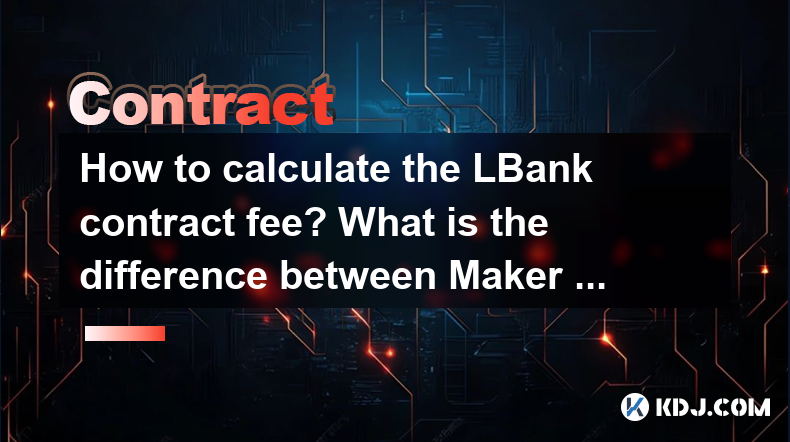
Calculating the LBank contract fee and understanding the difference between Maker and Taker rates are essential for anyone trading on the LBank platform. This article will guide you through the process of calculating the contract fee and explain the distinctions between Maker and Taker rates, ensuring you have a comprehensive understanding of these concepts.
Understanding LBank Contract Fees
LBank is a cryptocurrency exchange that offers various trading services, including futures and perpetual contracts. When trading these contracts, users are subject to fees that are typically categorized as either Maker or Taker fees. The contract fee is a percentage of the trade value that the exchange charges for executing a trade.
To calculate the LBank contract fee, you need to know the trade value and the applicable fee rate. The trade value is the total amount of the cryptocurrency being traded, and the fee rate depends on whether you are a Maker or a Taker in the trade.
Calculating the Contract Fee
To calculate the contract fee, follow these steps:
- Determine the trade value: This is the total amount of cryptocurrency you are trading. For example, if you are trading 10 BTC at a price of $30,000 per BTC, the trade value is 10 * $30,000 = $300,000.
- Identify the fee rate: This depends on whether you are a Maker or a Taker. LBank provides a fee schedule that outlines the rates for different trading volumes and user levels.
- Apply the fee rate to the trade value: Multiply the trade value by the fee rate to get the contract fee. For example, if the fee rate is 0.1%, the contract fee for a $300,000 trade would be $300,000 * 0.001 = $300.
Difference Between Maker and Taker Rates
The terms Maker and Taker refer to the roles that traders play in the order book of an exchange. Understanding these roles is crucial for calculating the correct contract fee.
- Maker: A Maker is a trader who places an order that does not immediately get filled and instead adds liquidity to the order book. Makers are rewarded with lower fees because they help maintain the liquidity of the market. For example, if you place a limit order to buy 10 BTC at $30,000 and it does not get filled immediately, you are a Maker.
- Taker: A Taker is a trader who places an order that gets filled immediately by taking liquidity from the order book. Takers are charged higher fees because they reduce the liquidity of the market. For example, if you place a market order to buy 10 BTC at the current market price, you are a Taker.
LBank Fee Schedule
LBank's fee schedule is designed to incentivize users to increase their trading volume and maintain liquidity. The fee rates for Makers and Takers vary based on the user's 30-day trading volume and their VIP level. Here is a simplified example of LBank's fee schedule:
- VIP Level 0 (0-500 BTC 30-day volume): Maker fee 0.02%, Taker fee 0.06%
- VIP Level 1 (500-1,000 BTC 30-day volume): Maker fee 0.015%, Taker fee 0.05%
- VIP Level 2 (1,000-2,000 BTC 30-day volume): Maker fee 0.01%, Taker fee 0.04%
To determine your applicable fee rate, you need to check your 30-day trading volume and your VIP level on the LBank platform.
Applying the Fee Schedule
To apply the fee schedule and calculate your contract fee, follow these steps:
- Check your 30-day trading volume: Log into your LBank account and navigate to the trading history or account overview section to see your 30-day trading volume.
- Determine your VIP level: Based on your trading volume, identify your VIP level from the LBank fee schedule.
- Identify the Maker or Taker fee rate: Depending on whether you are placing a Maker or Taker order, find the corresponding fee rate for your VIP level.
- Calculate the contract fee: Multiply the trade value by the applicable fee rate to get the contract fee.
Example Calculation
Let's walk through an example to illustrate how to calculate the LBank contract fee. Suppose you are a VIP Level 1 user with a 30-day trading volume of 700 BTC. You want to place a limit order to buy 10 BTC at $30,000 per BTC.
- Trade value: 10 BTC * $30,000 = $300,000
- VIP Level: 1
- Order type: Limit order (Maker)
- Maker fee rate: 0.015%
- Contract fee: $300,000 * 0.00015 = $45
In this example, the contract fee for your trade would be $45.
Frequently Asked Questions
Q: Can the LBank contract fee change over time?
A: Yes, LBank may adjust its fee schedule periodically. It is important to check the current fee schedule on the LBank website or platform before placing trades to ensure you are using the most up-to-date rates.
Q: Are there any ways to reduce the LBank contract fee?
A: Yes, increasing your trading volume can help you achieve a higher VIP level, which comes with lower fee rates. Additionally, LBank may offer promotions or discounts on fees from time to time, so it's worth keeping an eye on their announcements.
Q: How can I check my 30-day trading volume on LBank?
A: To check your 30-day trading volume, log into your LBank account and navigate to the trading history or account overview section. The platform will display your trading volume for the past 30 days, which you can use to determine your VIP level and applicable fee rates.
Q: What happens if I place a limit order that partially fills immediately and partially adds to the order book?
A: In such cases, the portion of your order that fills immediately will be charged the Taker fee, while the portion that adds to the order book will be charged the Maker fee. LBank will automatically calculate and apply the appropriate fees based on the execution of your order.
Disclaimer:info@kdj.com
The information provided is not trading advice. kdj.com does not assume any responsibility for any investments made based on the information provided in this article. Cryptocurrencies are highly volatile and it is highly recommended that you invest with caution after thorough research!
If you believe that the content used on this website infringes your copyright, please contact us immediately (info@kdj.com) and we will delete it promptly.
- Stablecoins, Hong Kong, and On-Chain Finance: Navigating the Regulatory Maze
- 2025-08-08 12:30:12
- Tron's Sell-Off Spurs Altcoin Shift: What's Next for TRX?
- 2025-08-08 08:30:12
- Euler, DeFi, and Coinbase: A New York Minute on the Latest Buzz
- 2025-08-08 12:30:12
- RUVI Presale: Is the Growth Potential Real?
- 2025-08-08 09:10:12
- Sleep Token's US Takeover: Thornhill Rides the 'Even In Arcadia' Wave
- 2025-08-08 08:30:12
- FTT Token's Wild Ride: Creditor Repayments vs. Market Drop - A New Yorker's Take
- 2025-08-08 07:10:12
Related knowledge
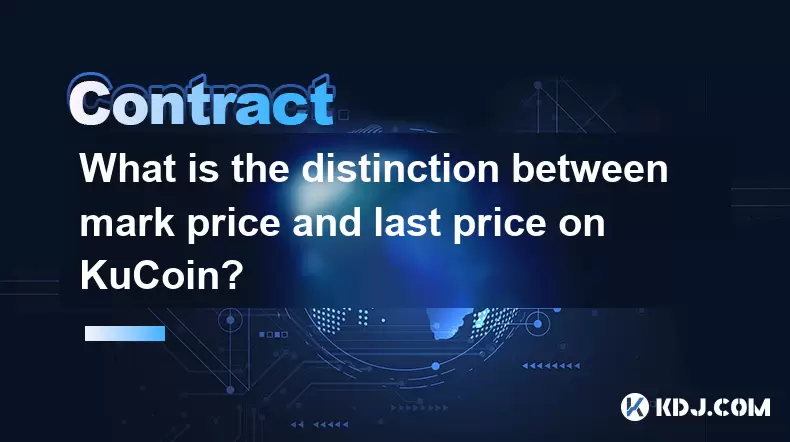
What is the distinction between mark price and last price on KuCoin?
Aug 08,2025 at 01:58pm
Understanding the Basics of Price in Cryptocurrency TradingIn cryptocurrency exchanges like KuCoin, two key price indicators frequently appear on trad...

What are the specific maker and taker fees on KuCoin Futures?
Aug 08,2025 at 08:28am
Understanding Maker and Taker Fees on KuCoin FuturesWhen trading on KuCoin Futures, users encounter two primary types of fees: maker fees and taker fe...

What is the maximum leverage available on KuCoin Futures?
Aug 08,2025 at 10:21am
Understanding Leverage in KuCoin Futures TradingLeverage in KuCoin Futures allows traders to control a larger position size using a smaller amount of ...
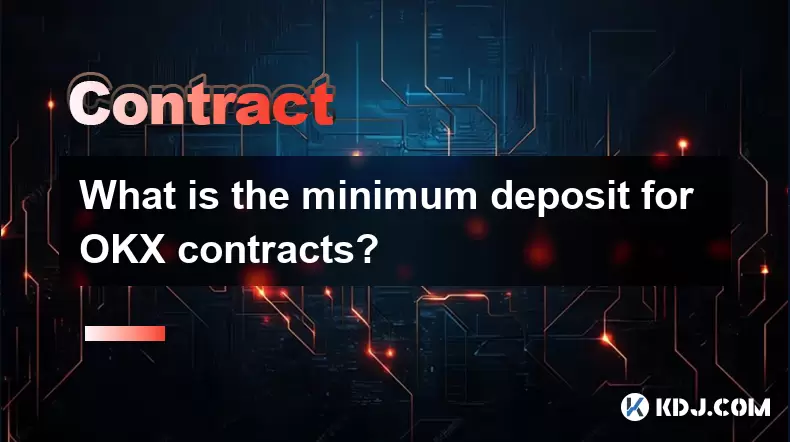
What is the minimum deposit for OKX contracts?
Aug 08,2025 at 07:00am
Understanding OKX Contract Trading BasicsOKX is one of the leading cryptocurrency derivatives exchanges, offering a wide range of perpetual and future...
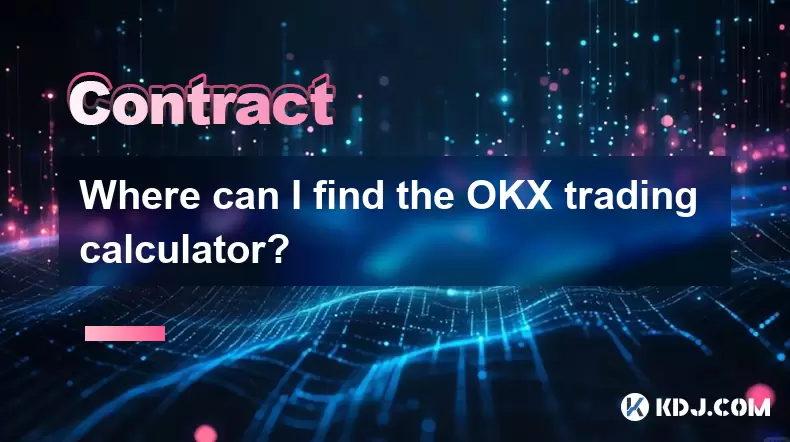
Where can I find the OKX trading calculator?
Aug 08,2025 at 07:49am
Understanding the OKX Trading Calculator FunctionalityThe OKX trading calculator is a powerful analytical tool designed to assist traders in estimatin...
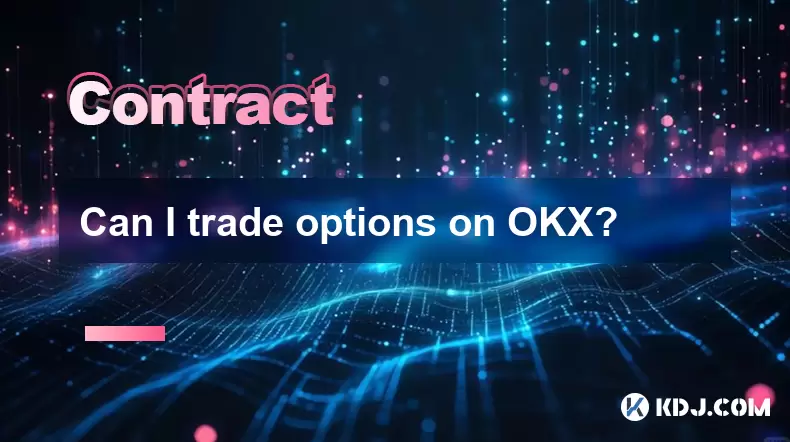
Can I trade options on OKX?
Aug 08,2025 at 11:01am
Understanding Options Trading on OKXYes, you can trade options on OKX. OKX is one of the leading cryptocurrency derivatives exchanges that offers a de...

What is the distinction between mark price and last price on KuCoin?
Aug 08,2025 at 01:58pm
Understanding the Basics of Price in Cryptocurrency TradingIn cryptocurrency exchanges like KuCoin, two key price indicators frequently appear on trad...

What are the specific maker and taker fees on KuCoin Futures?
Aug 08,2025 at 08:28am
Understanding Maker and Taker Fees on KuCoin FuturesWhen trading on KuCoin Futures, users encounter two primary types of fees: maker fees and taker fe...

What is the maximum leverage available on KuCoin Futures?
Aug 08,2025 at 10:21am
Understanding Leverage in KuCoin Futures TradingLeverage in KuCoin Futures allows traders to control a larger position size using a smaller amount of ...

What is the minimum deposit for OKX contracts?
Aug 08,2025 at 07:00am
Understanding OKX Contract Trading BasicsOKX is one of the leading cryptocurrency derivatives exchanges, offering a wide range of perpetual and future...

Where can I find the OKX trading calculator?
Aug 08,2025 at 07:49am
Understanding the OKX Trading Calculator FunctionalityThe OKX trading calculator is a powerful analytical tool designed to assist traders in estimatin...

Can I trade options on OKX?
Aug 08,2025 at 11:01am
Understanding Options Trading on OKXYes, you can trade options on OKX. OKX is one of the leading cryptocurrency derivatives exchanges that offers a de...
See all articles

























































































